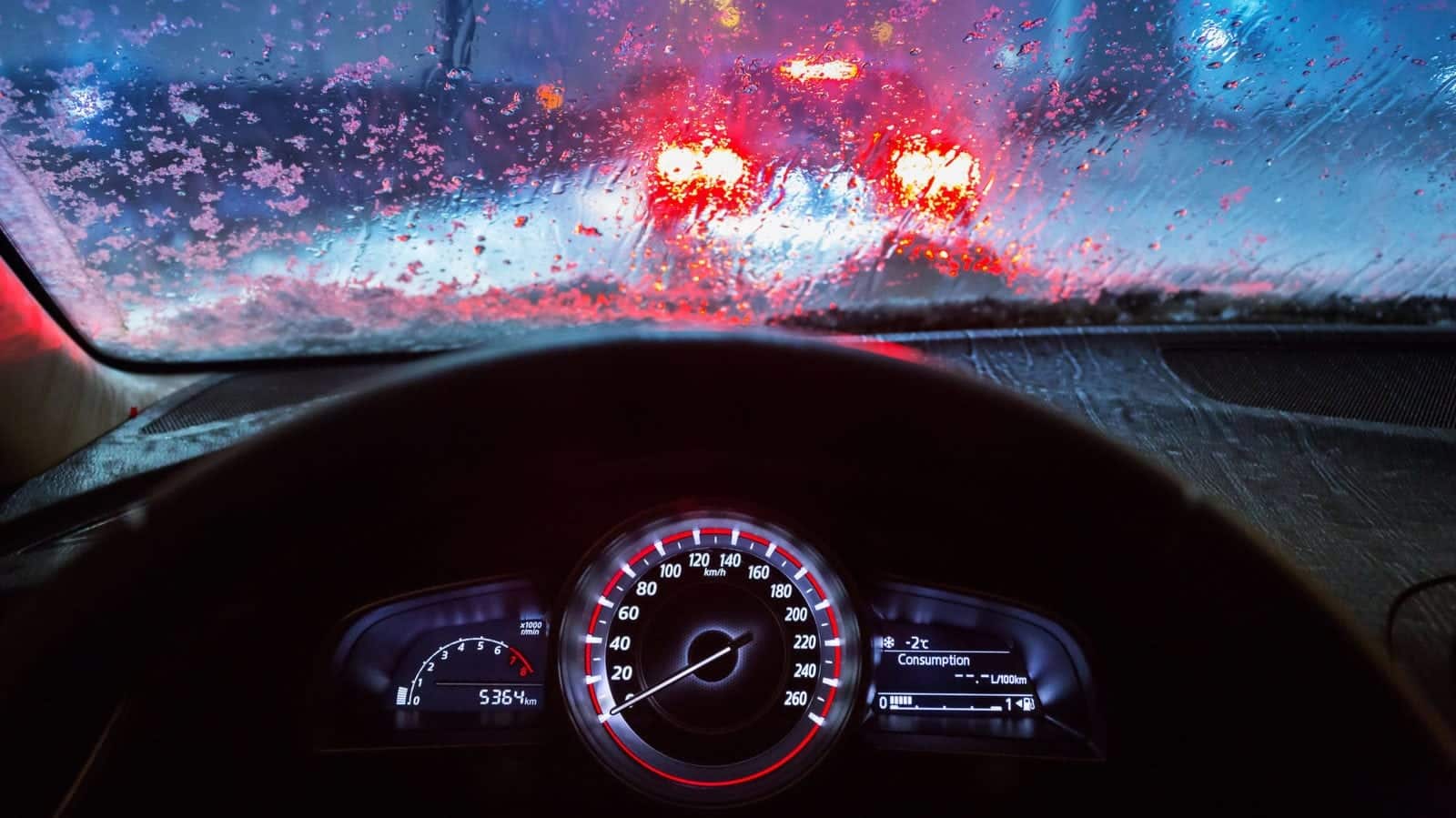When you go for a drive in your vehicle, one of the primary issues that you need to keep in mind is how you can stay safe. Safe driving is always important, but it is particularly crucial when you encounter adverse weather conditions while out on the road.
Adverse weather is a huge cause of auto accidents and can often strike without warning. If you want to be sure that you and your passengers are as safe as possible on your next trip, then you need to learn a few ways to successfully drive in adverse weather conditions. Follow these simple and effective rules for driving in adverse conditions so that you can avoid being injured in a sudden, severe auto accident.
Is Your Car Working the Right Way?
Out of all the different ways that you can stay safe in adverse driving conditions, the most effective is making sure that the equipment in your vehicle is working the way that it should.
For instance, visibility is key in staying safe on the road, which is why you need to be sure that your windshield stays clear. Regularly clean your windshield, paying particular attention to large obstructions, and keep your wipers in working order, and you should be able to see clearly through your windshield.
During bad weather, your headlights and tail lights are vital in helping you see the road and making you visible to other vehicles. Periodically have your exterior lighting checked by a maintenance professional to make sure they are ready when you need them.
Driving in Slippery Conditions
When you must drive in adverse conditions, your biggest fear should be losing traction and having your vehicle spin out of your control. A loss of traction can occur in rain, snow or ice, and will often result in serious damage to your vehicle and potentially devastating injuries. Here are some tips for driving safely in the snow.
Speed is a contributing factor in a vehicle losing traction, so when road conditions are particularly slippery, it’s best to slow your vehicle to a safer speed. It’s also a good idea to brake and turn your vehicle with extreme caution. Quickly breaking your vehicle or making a sharp turn can result in an immediate loss of traction and a serious collision with other vehicles on the road.
Unfortunately, even if you follow these tips, your vehicle may still lose its grip on the road. The worst thing you can do in this situation is panic, so when you do lose traction, it’s important to stay calm. When your car starts sliding, immediately take your foot off the accelerator. Do not break your vehicle, as this will worsen the skid. Allow your car to come to a stop on its own.
If you live in an area where it rains regularly, you may want to have water channeling tires on your vehicle to improve your traction.
Help from a Car Accident Attorney
Many accidents that occur during adverse driving conditions are due to driver negligence, and if you’ve been hurt because of the actions of another driver, you should consider filing a personal injury lawsuit with the help of The Law Offices of Peter N. Davis and Associates, LLC. Peter N. Davis and his legal team are ready to discuss your injury and help you plan your case.



